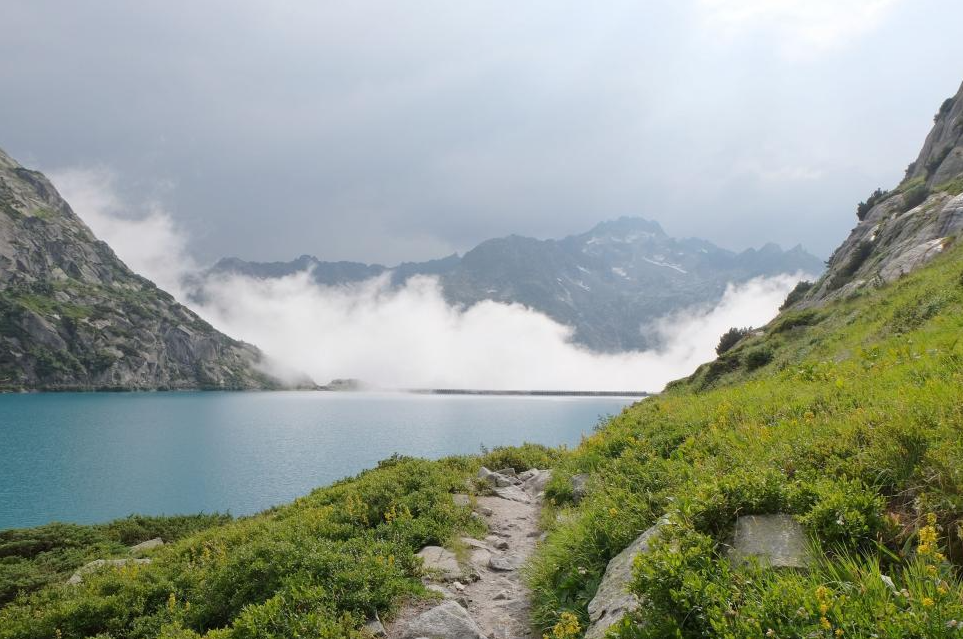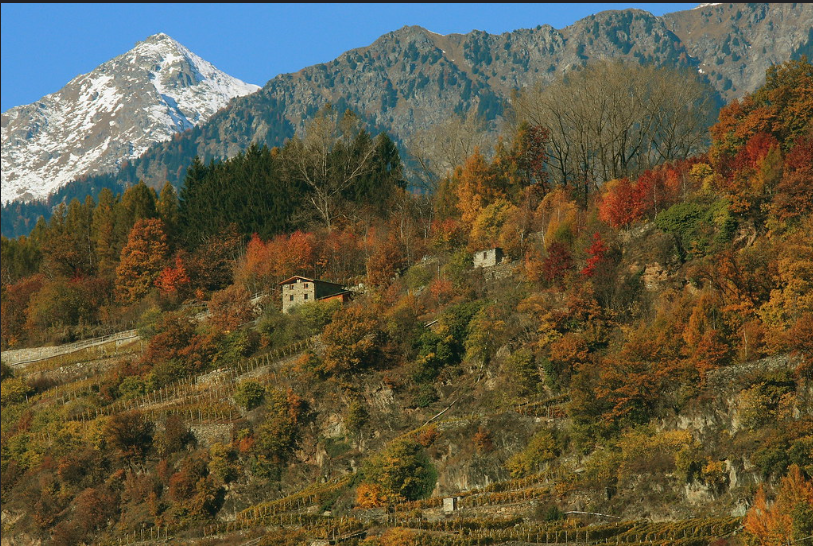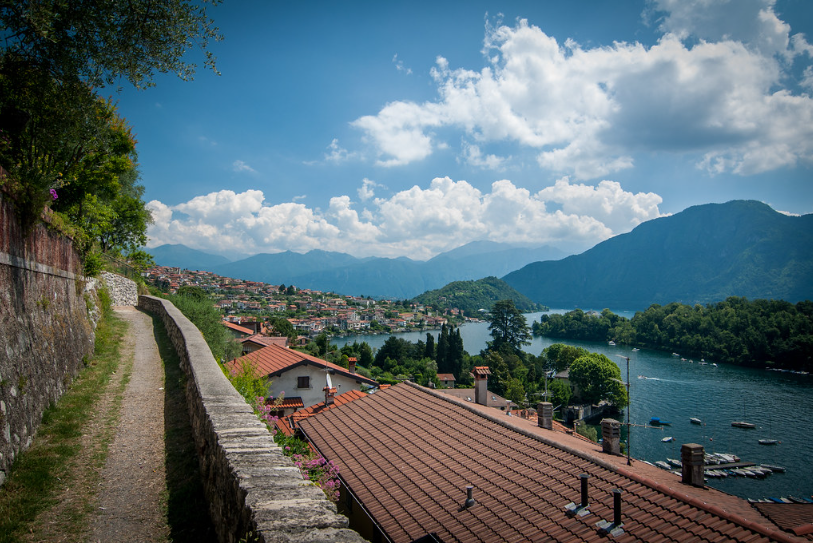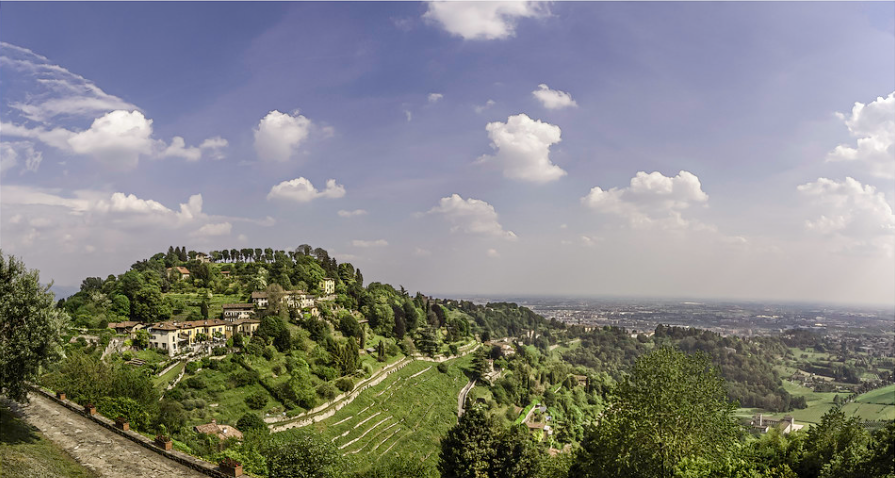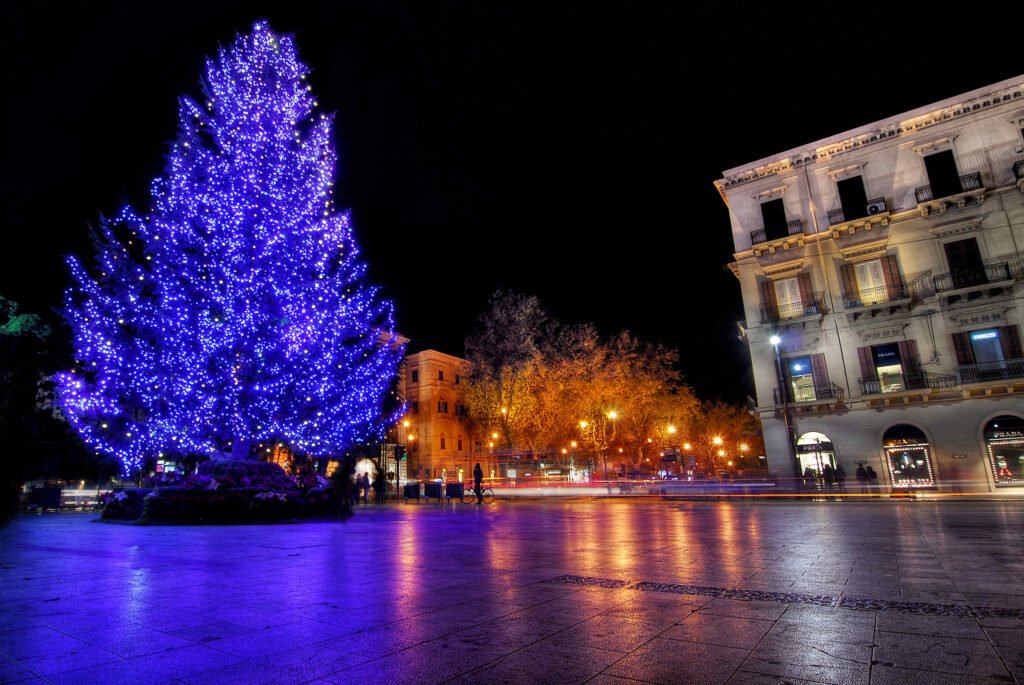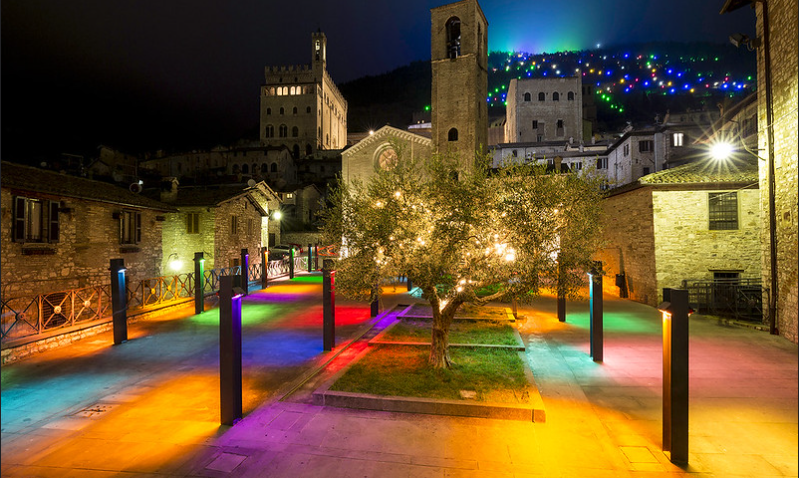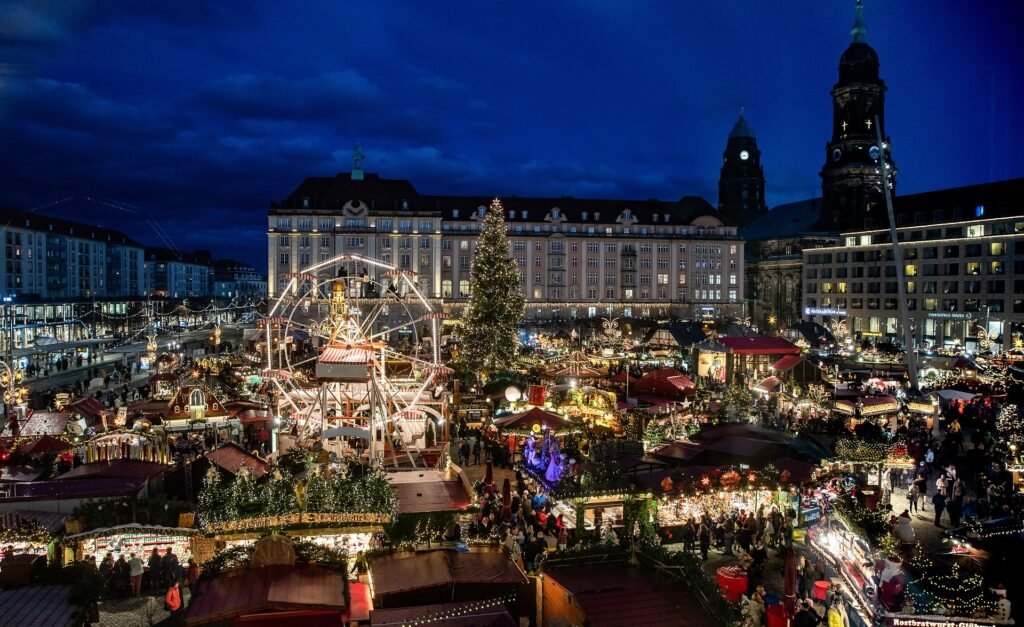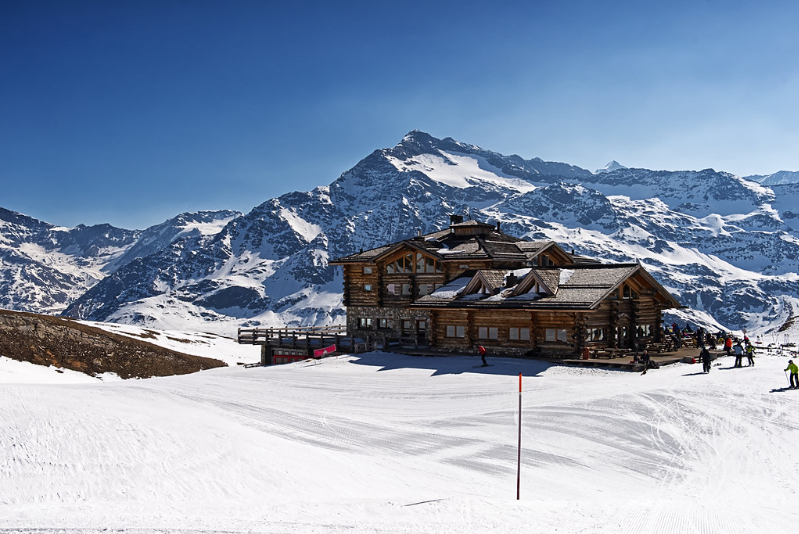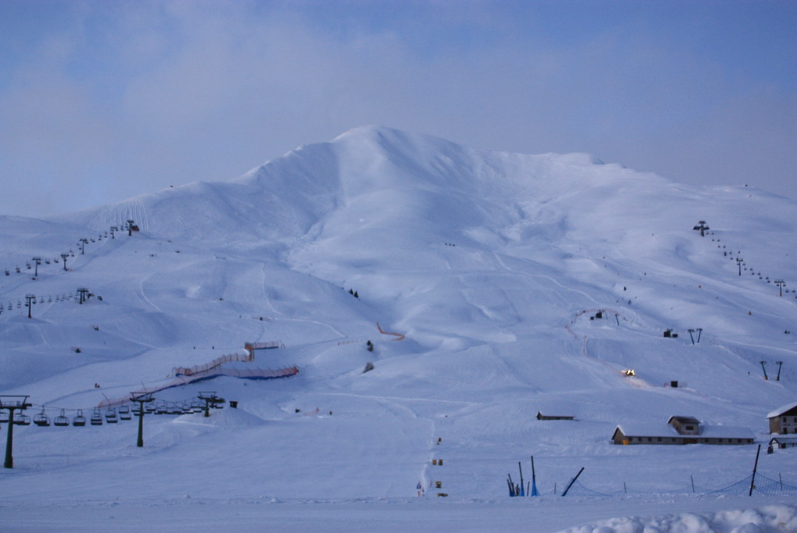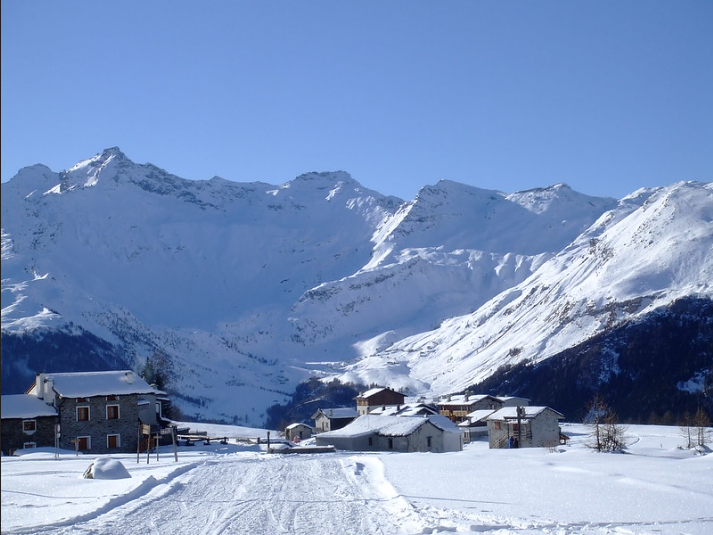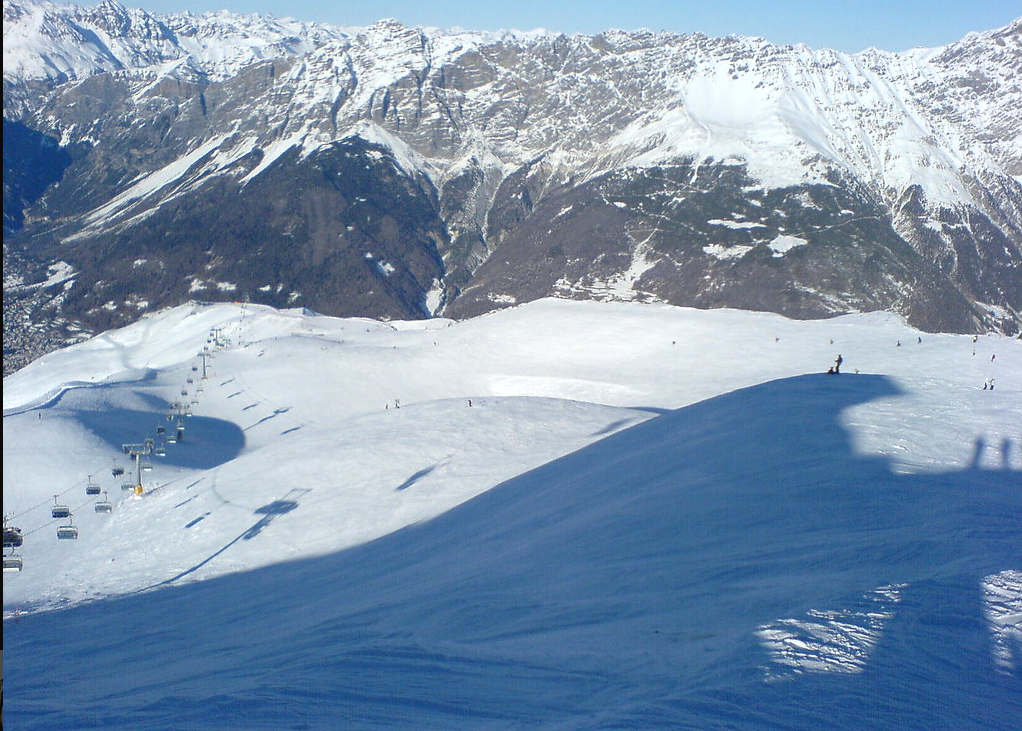Majestic Stelvio National Park | Explorers, Adventurers and families; A Place For All
Hiking or Biking; Adventurer or Nature Enthusiasts | Explore Stelvio National Park and Live Them All
In the heart of the Italian Alps, Parco Nazionale dello Stelvio is one of the largest and most captivating national park in Italy.
Known for its towering peaks, verdant valleys, glacial lakes, and abundant wildlife, this park is a paradise for adventurers of all kinds.
From challenging ascents for experienced mountaineers to leisurely treks for families and casual hikers, Stelvio National Park offers an unforgettable journey into the wild beauty of northern Italy.
Whether you’re drawn to the allure of summiting the Gran Zebrù (Königspitze) or wish to explore the enchanting Val Zebrù, one of the park’s most scenic valleys. There’s something for everyone.
In this guide, we will take you through two key hikes within the park, sharing practical tips, local legends, and stunning views to inspire your next trekking or biking adventure.

1. Gran Zebrù (Königspitze) Ascent: A Challenge for the Bold
Distance: 12 km (round trip)
Best For: Experienced mountaineers
Difficulty: Extremely challenging
Ideal Season: Late spring to early autumn (June to September)
Standing at a formidable 3,851 meters, Gran Zebrù—or Königspitze in German—is one of the most iconic peaks in the Stelvio National Park.
This imposing mountain draws experienced mountaineers from all over the world, offering a thrilling and technical ascent that requires both physical endurance and proper equipment.
Known for its sharp ridges and spectacular views, Gran Zebrù is not for the faint of heart, but for those with the skills and determination, it is a once-in-a-lifetime adventure.
Trail Overview
The ascent to Gran Zebrù typically starts from Rifugio Pizzini, a mountain hut located at 2,700 meters.
Most mountaineers spend the night at the rifugio to acclimatize before beginning their ascent in the early morning hours. From here, the trail winds through the Forni Glacier, a dramatic and icy landscape that immediately reminds you of the magnitude of the challenge ahead.
This section of the climb requires technical equipment such as crampons, ice axes, and ropes, and it’s highly recommended to either have extensive alpine experience or to hire a local guide.
The climb is steep and exposed, with narrow ridges and crevasses demanding careful navigation. However, the rewards are worth it: at the summit, you are greeted with sweeping views over the Stelvio massif, the Ortler-Cevedale range, and into the distant peaks of Switzerland and Austria.
Conquering the Königspitze
I was lucky enough to attempt this climb on a clear day in late July. Starting at Rifugio Pizzini, I remember the first rays of sunrise hitting the snow-covered slopes, turning the entire landscape golden.
It was a breathtaking moment—one of those rare instances when nature feels almost too beautiful to be real. The air was crisp, and there was a sense of camaraderie among the climbers, each of us silently acknowledging the challenge that lay ahead.
The ascent itself was tough, both physically and mentally. At several points, the ridges narrowed to what felt like a knife’s edge, and every step required complete concentration.
But reaching the summit was an indescribable feeling—a mix of exhaustion, exhilaration, and awe as I looked out over the endless sea of peaks below. It was a climb that tested my limits and left me with memories I will carry for a lifetime.
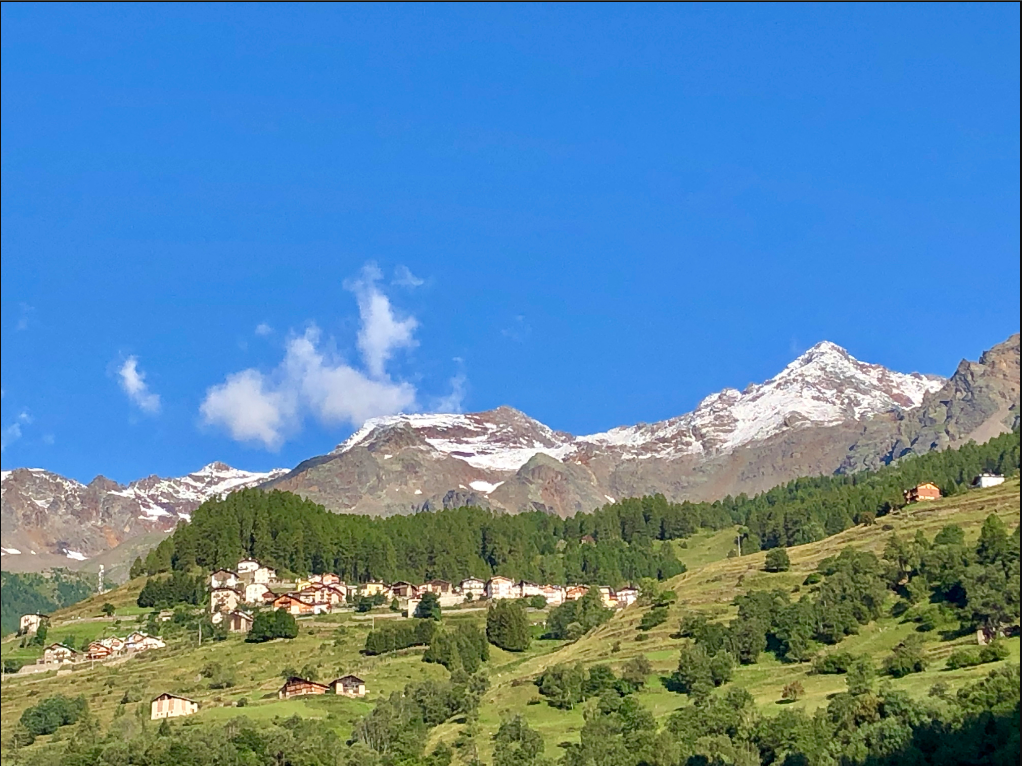
Travel Tips for Gran Zebrù Ascent
What to Wear: This is a highly technical climb, so mountaineering boots, crampons, and a helmet are essential. Wear a down jacket for warmth and dress in layers, as temperatures can fluctuate significantly.
What to Pack: A climbing harness, ice axe, and ropes are required for this ascent. Be sure to bring gloves, sunglasses, and high SPF sunscreen—the sun reflecting off the snow can be intense. Hydration is key, so carry plenty of water and energy snacks like trail mix or protein bars.
Best Time to Go: The best months for climbing Gran Zebrù are June to September, when the snow conditions are more stable. Early mornings are best for the ascent, as afternoon storms can roll in during the summer.
Local Specialties: After a strenuous climb, head back to the valley and treat yourself to a meal of pizzoccheri, a hearty local pasta dish made with buckwheat noodles, potatoes, and cabbage, topped with melted cheese and butter. It’s the perfect recovery meal after a day in the mountains.
2. Val Zebrù Trek: A Journey through Nature’s Grandeur
Distance: 14 km (round trip)
Best For: Moderate hikers, families, and nature lovers
Difficulty: Moderate
Ideal Season: Spring to autumn (May to October)
If the technical demands of Gran Zebrù feel a bit too daunting, Val Zebrù offers an equally breathtaking experience for moderate hikers and families seeking a more relaxed, nature-focused adventure.
This 14 km trek takes you through one of the most beautiful valleys in Stelvio National Park, where the scenery shifts from alpine meadows to rocky outcrops, and where you’re likely to encounter wildlife like ibex, chamois, and marmots.
Trail Overview
The trail begins in the village of Niblogo, located near Bormio, and ascends gradually into the valley. The first section of the trail leads through dense forests of pine and larch, offering plenty of shade and the soft scent of resin in the air.
As you climb higher, the forest gives way to open meadows dotted with wildflowers, and the dramatic peaks of the surrounding mountains come into view.
One of the highlights of this trek is the chance to see wildlife up close. Val Zebrù is a protected area, and the animals here are accustomed to humans, so don’t be surprised if you encounter a herd of ibex grazing on a rocky slope or hear the whistle of a marmot in the distance.
The valley is also home to golden eagles, and if you’re lucky, you might spot one soaring high above the peaks.
The trail eventually leads to Rifugio Campo, a small mountain hut where you can stop for a rest and a bite to eat. From here, you have two options: return to Niblogo or continue deeper into the valley towards Rifugio V Alpini for a longer trek.
A Day in Val Zebrù
I’ve hiked Val Zebrù several times, and each visit feels like stepping into a nature documentary. On my most recent trek, I remember coming across a group of chamois just after leaving the forest.
They stood so still that I almost didn’t notice them at first—an incredible sight in the early morning light.
As I continued up the valley, the views became more and more impressive. With each turn, the mountains seemed to close in around me, their jagged peaks contrasting with the gentle, rolling meadows. By the time I reached Rifugio Campo.
I was ready for a break, and sitting on the terrace with a cup of speziato caldo (a spiced hot drink) felt like pure bliss. It’s moments like these that make Stelvio National Park such a special place for me—where the grandeur of the landscape meets the simple pleasures of being outdoors.
Travel Tips for Val Zebrù Trek
What to Wear: A sturdy pair of hiking boots with ankle support is essential, as the trail is uneven in places. Dress in layers—mornings can be chilly, but the day warms up quickly as you climb. Don’t forget a rain jacket in case of sudden showers.
What to Pack: Bring a daypack with plenty of water, especially in summer, as there are limited sources along the trail. Snacks like fruit, nuts, or granola bars are perfect for keeping your energy up. A binocular or camera is a must for spotting wildlife.
Best Time to Go: Spring and autumn are ideal, as the weather is pleasant and the park is less crowded. May and June are particularly beautiful, with wildflowers blooming in the meadows.
Local Specialties: After your trek, be sure to try sciatt, a local delicacy of deep-fried buckwheat balls filled with cheese. Paired with a glass of Valtellina wine, it’s the perfect way to end a day in Val Zebrù.
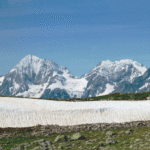
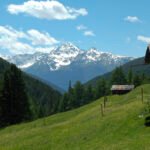
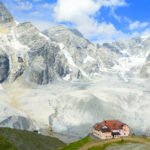
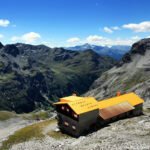
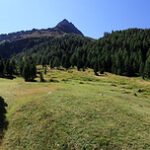
Exploring Stelvio National Park: The Heart of Alpine Adventure
Stelvio National Park is more than just a destination—it’s an experience that immerses you in the raw beauty of the Alps. From the technical challenges of the Gran Zebrù ascent to the serene beauty of the Val Zebrù trek, there’s something for every type of adventurer.
Whether you’re an experienced mountaineer looking for a new challenge or a family seeking a peaceful retreat into nature, this park offers endless opportunities to explore and connect with the landscape.
Practical Tips for Visiting Parco Nazionale dello Stelvio
Best Time to Visit: The park is accessible year-round, but the best time for hiking and trekking is from May to October. For mountaineering, June to September offers the most stable conditions.
Accommodation: Mountain huts like Rifugio Pizzini and Rifugio Campo are excellent options for overnight stays. If you prefer something more comfortable, Bormio has a range of hotels and guesthouses.
Equipment: For hikes like Val Zebrù, basic hiking gear like boots, a daypack, and weather-appropriate clothing will suffice. For more technical climbs like Gran Zebrù, mountaineering equipment is essential.
How to Get There: The park is easily accessible from nearby towns like Bormio and Valfurva, with public transportation available. Driving is also a convenient option, with parking available at many trailheads.
Get Ready to Discover The Adventure and Explore The Majestic Valleys
So, whether you’re scaling peaks or strolling through valleys, Parco Nazionale dello Stelvio offers a world of adventure just waiting to be discovered.
Lace up your boots, pack your gear, and set out to explore this extraordinary national park—where every trail leads to new experiences, breathtaking views, and unforgettable memories.
